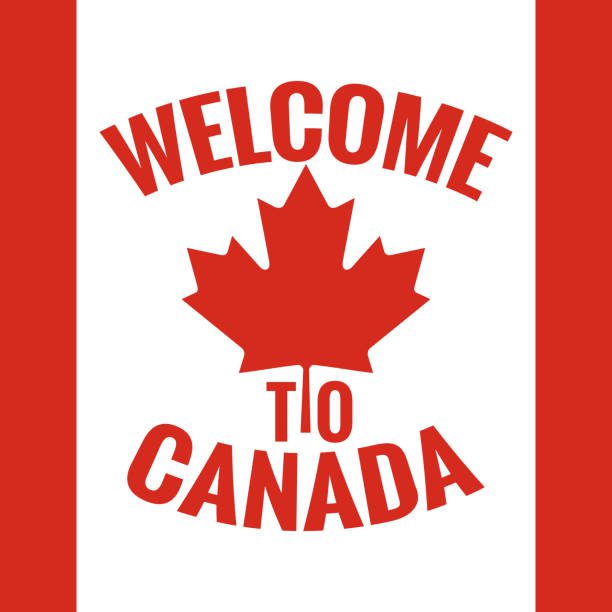What is the EU Blue Card?
The EU Blue Card is a work and residence permit for highly skilled non-EU nationals to live and work in 25 of the 27 EU countries, excluding Denmark and Ireland. Designed to attract qualified professionals to address labor shortages, it targets roles requiring higher education or significant experience, such as in IT, healthcare, and engineering. The card is valid for 1–4 years, typically matching the employment contract plus three months, and can be renewed.
Key Eligibility Criteria for the EU Blue Card
To qualify for an EU Blue Card, applicants must meet specific criteria set by EU Directive 2021/1883 and national laws of the host country:
- Higher Professional Qualifications: A university degree from a program lasting at least three years (ISCED 2011 Level 6 or EQF Level 6) or, in some countries, five years of relevant professional experience for unregulated professions like IT. For regulated professions (e.g., doctors), proof of a license to practice is required.
- Job Offer or Contract: A binding job offer or employment contract for at least six months (one year in some countries) for a highly skilled role matching your qualifications.
- Salary Threshold: A gross annual salary of at least 1.5 times the national average (e.g., €48,300 in Germany for 2025) or 1.2 times for shortage occupations (e.g., €43,759.80 in Germany). New entrants (degree obtained within three years) may qualify for the lower threshold in some countries.
- Travel Documents: A valid passport and, if required, a visa for entry.
- Health Insurance: Coverage for you and any accompanying family members, valid in the host country.
- No Public Threat: No risk to public policy, security, or health, as determined by national authorities.
- Financial Stability: Some countries require proof of sufficient funds (e.g., €1,000–€2,000) to cover initial living costs.
👉 Check official eligibility requirements on the EU Immigration Portal
Step-by-Step Application Process
Applying for an EU Blue Card involves several steps, which may vary slightly by country but follow a standardized process under EU regulations. Below are the complete steps:
- Secure a Job Offer: Find a qualifying job through platforms like EURES, company websites, or recruitment agencies. Ensure the role meets the salary and skill requirements, and the employer is willing to sponsor.
- Verify Qualifications: Confirm your degree is recognized in the host country. For example, in Germany, check the Anabin database or obtain a Statement of Comparability from the Central Office for Foreign Education (ZAB) if needed. For regulated professions, secure the necessary license.
- Gather Documents: Prepare:
- Valid passport.
- Completed EU Blue Card application form (available from the host country’s immigration authority).
- Job offer or contract specifying salary and duration.
- Degree certificate or proof of five years’ professional experience (if applicable).
- Proof of health insurance covering all risks.
- Criminal record certificate (if required by the country).
- Proof of funds (if required, e.g., bank statements showing €1,000–€2,000).
- For regulated professions, a license to practice (e.g., medical board approval).
- Submit Application: Apply through the host country’s authorities:
- Outside the EU: Submit to the embassy or consulate in your home country. Some countries, like Germany, offer online applications via the German Consular Portal.
- Inside the EU: If legally residing (e.g., with another visa), apply at the local immigration office. If holding a Blue Card from another EU country for 12+ months, apply within one month of arrival.
- Pay the application fee (€100–€200, varying by country; e.g., €140 for issuance in Germany, €100 for renewal).
- Provide Biometrics: Attend an appointment at the embassy, consulate, or immigration office for fingerprints and a photo.
- Await Decision: Processing takes up to 90 days. You may be allowed to reside and work in the host country during this period, depending on national rules.
- Receive Blue Card: Collect the card (credit-card format with a photo) from the immigration office or have it mailed. If entering with a visa (e.g., D visa), convert it to a Blue Card within 90 days of arrival.
- Register Residence: Register with local authorities (e.g., within three days in Austria or upon arrival in Germany) to comply with residency rules.
Smart Tips for a Successful Application
- Target Shortage Occupations: Focus on fields like IT, healthcare, or engineering, where lower salary thresholds apply. Check country-specific lists for shortages.
- Verify Employer: Ensure the employer is registered with the host country’s immigration authority.
- Prepare Documents Early: Have degrees, contracts, and insurance ready to avoid delays. Use certified translations for non-English documents.
- Check Recognition: Confirm your qualifications are recognized early, especially for regulated professions, to prevent rejections.
- Apply Online: Where available (e.g., Germany, Malta), use online portals like MyGuichet.lu or Enter Finland to expedite submission.
- Monitor Deadlines: Apply at least 90 days before your intended start date, as processing can take the full 90 days.
What to Expect After Approval
After receiving your EU Blue Card, comply with these obligations:
- Residence Registration: Register your address with local authorities within days of arrival (e.g., three days in Austria, upon arrival in Germany).
- Health Insurance: Maintain coverage for the duration of your stay.
- Job Changes: Notify immigration authorities if changing jobs within the first 12 months (some countries require approval).
- Renewal: Apply for renewal 2–3 months before expiry, providing updated contracts and proof of continued employment.
- Unemployment: You have three months to find a new qualifying job if unemployed, or the card may be withdrawn.
Perks and Opportunities with the EU Blue Card
- Mobility: After 12 months, move to another EU country (excluding Denmark, Ireland) and apply for a new Blue Card within one month.
- Family Reunification: Spouses and minors can join, often with immediate work rights for spouses (e.g., Germany, Austria).
- Permanent Residency: Apply after 33 months (or 21 months with B1 language skills in some countries, like Germany).
- Equal Rights: Access to same working conditions, education, and social benefits as nationals, excluding certain housing or loan schemes.
Important Considerations Before You Apply
- Salary Thresholds: High minimum salaries may exclude some roles, even in shortage occupations.
- Qualification Recognition: Non-EU degrees may require verification, delaying applications.
- Country Variations: Requirements and fees differ (e.g., Malta issues cards for two years, Germany up to four).
- Job Restrictions: You must work as a paid employee, not self-employed, and job changes within 12 months may need approval.


